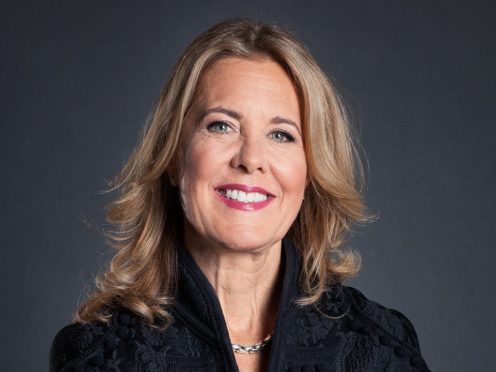Royalty collection society PRS For Music has announced a £13.4 million year-on-year rise in payouts for its members, describing the money as “more than a lifeline” during the pandemic.
The body, which represents more than 155,500 songwriters, composers and music publishers, pays out royalties when their music is streamed, downloaded, broadcast or played in public.
In 2020 it distributed a record £699.4 million to its members – a year-on-year increase of 2%.

Chief executive Andrea C Martin said it had been more important than ever for PRS For Music to support its members, many of whom saw their other income streams badly affected by lockdown.
She told the PA news agency: “Especially the composers and writers that do (perform) live – we do have a certain percentage that are artists. In public places their music is played and for them to get their royalties paid on a quarterly basis is a lifeline.
“They are so happy to get that money on a regular basis. It was very important and that is why right away when we went into lockdown, we pivoted away (to) focusing on the livelihood or our members.”
Although the 2020 figure was positive overall, many of the royalties paid out were collected before the first lockdown, meaning a decline in income is expected from 2021, with distributions expected to fall by at least 10%.
Revenues collected from music being played in the UK and abroad shrank by 19.7% (£159.9 million) compared to 2019, to £650.5 million, ending years of growth.
Live performance revenue represented the greatest percentage decline, falling by 79.1% from £54 million in 2019 to £11.3 million in 2020.
Money raised from music used in shops, cinemas, pubs, clubs, hotels and restaurants saw a reduction of 61.2% (£136 million) due to closures.
Ms Martin said such revenues were “slowly but definitely” returning but would not hit pre-pandemic levels until the second half of 2022.
“We were quite generous because we gave payment holidays to pubs and restaurants etc,” she said.
“We even delayed invoicing. So now we are ramping up the invoicing and we are seeing it come up. But it is still early days.”
However, revenue generated from music played online helped to negate the worst effects of the pandemic.
It was the only area to see growth, rising to £188.3 million – a 5.1% (£9.1 million) uplift compared with 2019.
Royalties from music used across TV and film on-demand platforms such as Netflix and Amazon Prime saw the most notable increase of 29.4%.
This was primarily due to a rise in subscriptions and film rentals taking place during lockdown.
As an immediate response to the lockdown, PRS For Music reduced its net costs, excluding charitable donations and subsidies, by £12.1 million, or 13.8%.
